How can we help you?
Testing Dynamic Receivers with Ear Couplers
- April 18, 2018
- Dynamic Receiver
Human ears have a unique physical structure that affects the perception of sound signals. In order to evaluate the performance of dynamic receivers close to the real application conditions, the International Telecommunication Union (ITU) has defined special types of ear couplers (also called artificial ears) which can simulate the key acoustic attributes of human ears. The following ear couplers have been widely used as an industry standard in dynamic receiver testing.
There are three main types of ear couplers:
Sealed Coupler: ITU-T P.57 Type 1, IEC 318
This type of coupler has a totally sealed cavity between the DUT and the measurement microphone which coarsely simulate the common concha volume of human ears. It is recommended to be used as “a legacy ear simulator for measurements on large, supra-aural or supra-concha, hard-cap, conically symmetrical receivers, which naturally seal to the simulator rim, intended for narrow-band telephony applications (100Hz- 4 kHz)” (Recommendation ITU-T P.57 12/2011, Page 5). A typical Type 1 coupler B&K 4185 is shown in Fig 1.
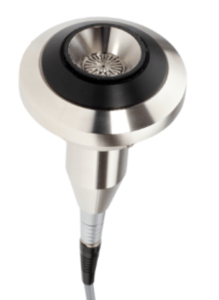
Leaky Couplers: ITU-T P.57 Type 3.2, IEC 711
This type of coupler consists of a well-defined leaky cavity terminating the 10.0mm ear canal extension. The leaky cavity simulates the average real loss between the DUT and the ear which is available in two grades: low-leak (simulate DUT being held firmly against the ear) and high-leak (simulate DUT being held loosely against the ear).
Leaky couplers are more representative of a human ear and are recommended to be used for measurements on “supra-aural or supra-concha, hard-cap receivers, which naturally seal to the simulator rim, intended for both narrow-band and wideband telephony applications (100Hz- 8 kHz)” (Recommendation ITU-T P.57 12/2011, Page 10). Typical type 3.2 coupler B&K 4195 Low-Leak and High-Leak is shown in Fig 2.
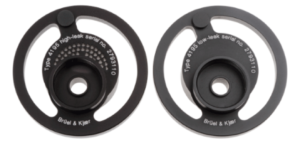
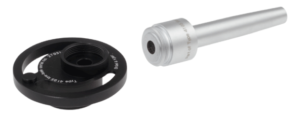
Anatomical Pinna (Type 3.3)
This type of coupler is visually like a pinna made from silicon-rubber. It needs to be assembled on a head like equipment such as B&K HATS (Head and Torso Simulator) which has the occluded ear simulator inside that simulates the inner part of the ear canal. Compared to the former two types of couplers, this type of coupler provides the most similar conditions as the real applications and is ideal for all kinds of devices incorporating a dynamic receiver. Fig 3 shows two examples of different receiver testing by using B&K HATS.
Stetron’s lab is fully equipped with all three types of ear couplers mentioned above and can provide customized receiver testing services based on our customer’s requirement.
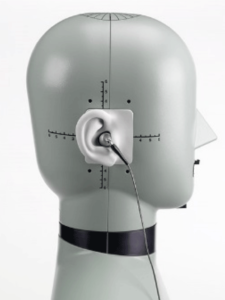
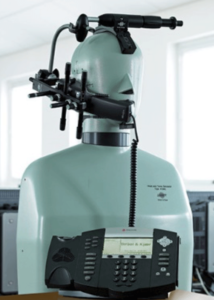
Have questions? Let us help. We are your source for audio solutions.
Email: contact@Stetron.com
Customer Service: Canada: 1-877-716-0751 or U.S.A: 1-800-925-3002

 Log In
Log In Register
Register Favorites
Favorites